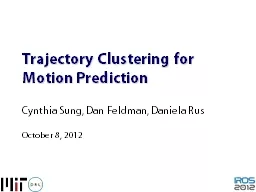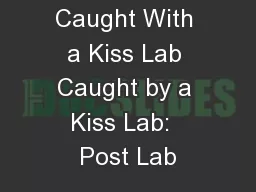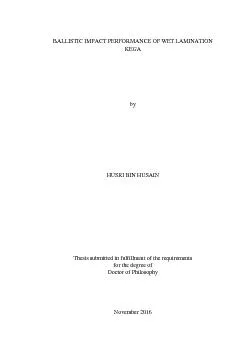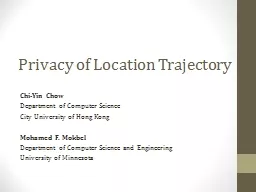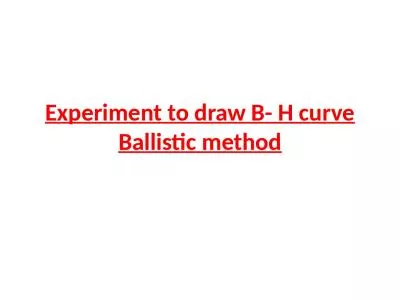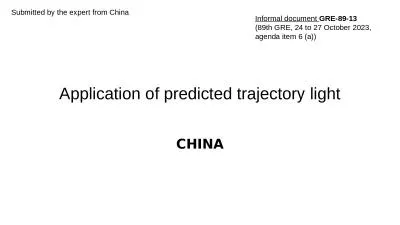PPT-Ballistic Trajectory Lab and Notes
Author : min-jolicoeur | Published Date : 2016-09-03
Crime Scene A a shot was fired at the white vehicle parked across from the target store The car is parked 75 ft from the store A shot was believed to have been fired
Presentation Embed Code
Download Presentation
Download Presentation The PPT/PDF document "Ballistic Trajectory Lab and Notes" is the property of its rightful owner. Permission is granted to download and print the materials on this website for personal, non-commercial use only, and to display it on your personal computer provided you do not modify the materials and that you retain all copyright notices contained in the materials. By downloading content from our website, you accept the terms of this agreement.
Ballistic Trajectory Lab and Notes: Transcript
Download Rules Of Document
"Ballistic Trajectory Lab and Notes"The content belongs to its owner. You may download and print it for personal use, without modification, and keep all copyright notices. By downloading, you agree to these terms.
Related Documents







